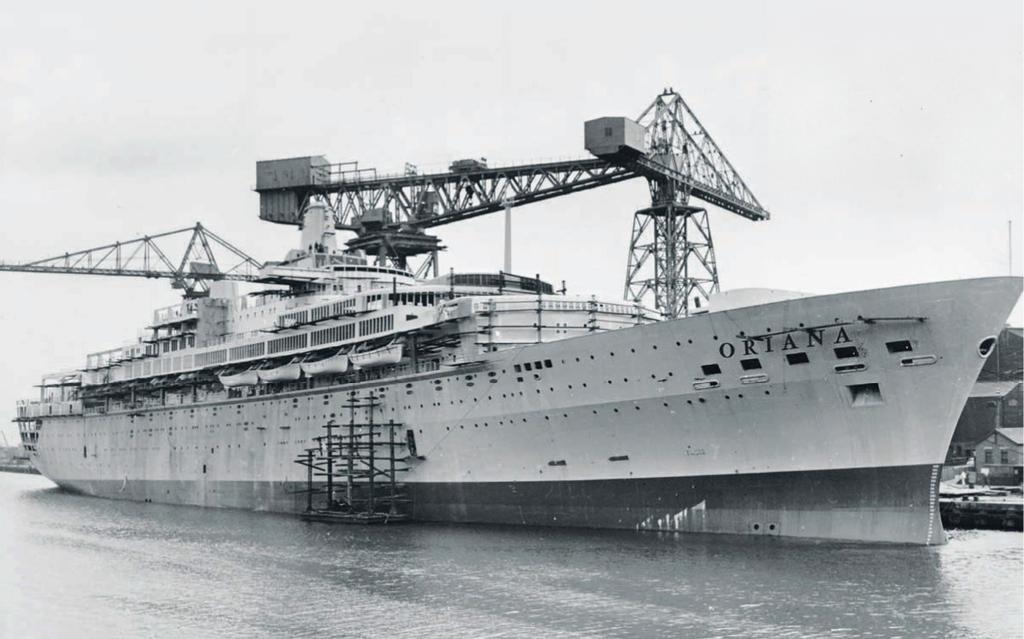ORIANA AND CANBERRA EQUALS TO THE ORIENT

After World War II, both the Orient Line and P&O Line built new ships to service their routes to Australia and the Orient. These well-established British companies had both lost their newest fleet members during the conflict: Orcades (1937/23,456grt) of Orient and Strathallan (1938/23,722grt) of P&O.
The former ship was an improved version and a sistership of the groundbreaking Orion (1935), while the latter was the fifth and final instalment of the famous Straths, which began with Strathnaver (1931). These ships had a service speed of 20 knots and took 42 days to reach Sydney from Tilbury, stopping off at various ports en route.
Although Orient and P&O were competitors, P&O actually had a controlling interest in Orient Line, which had started in 1919. This close association led to some sensible rationalisations between the companies, such as the latter three Straths adopting essentially the same hull form as Orion/Orcades, while also being built by the same shipbuilder, Vickers-Armstrongs at Barrow. While this arrangement would have led to savings, each company stamped its mark on the internal design and configuration of their own ships.
The design of and was masterminded by the relatively young Orient Director, Colin Anderson, and New Zealand architect Brian O’Rorke. Their concept for total design within a stylish modern art-deco form led the Architectural Review to proclaim that was: ‘A
You’re reading a preview, subscribe to read more.
Start your free 30 days